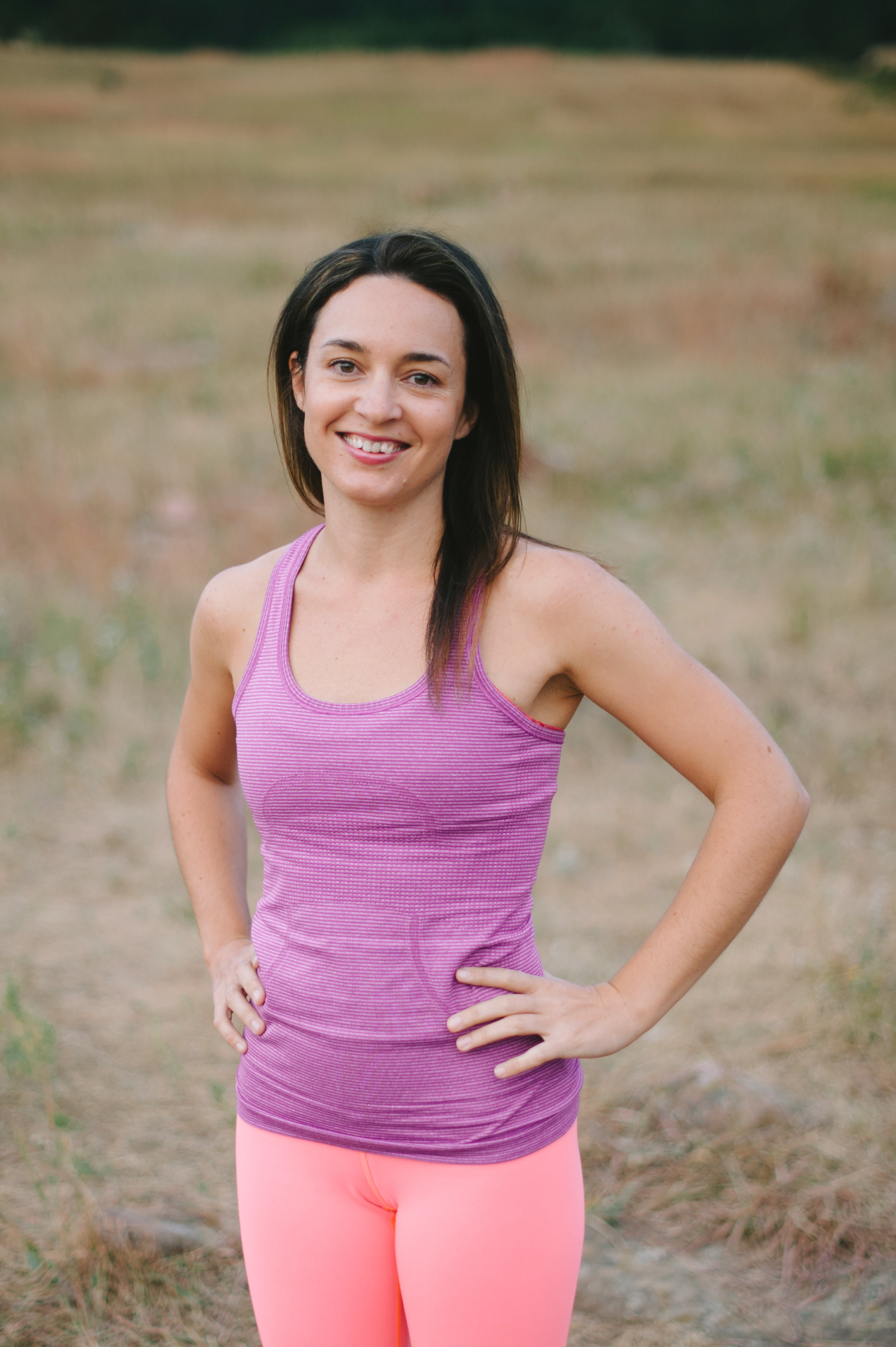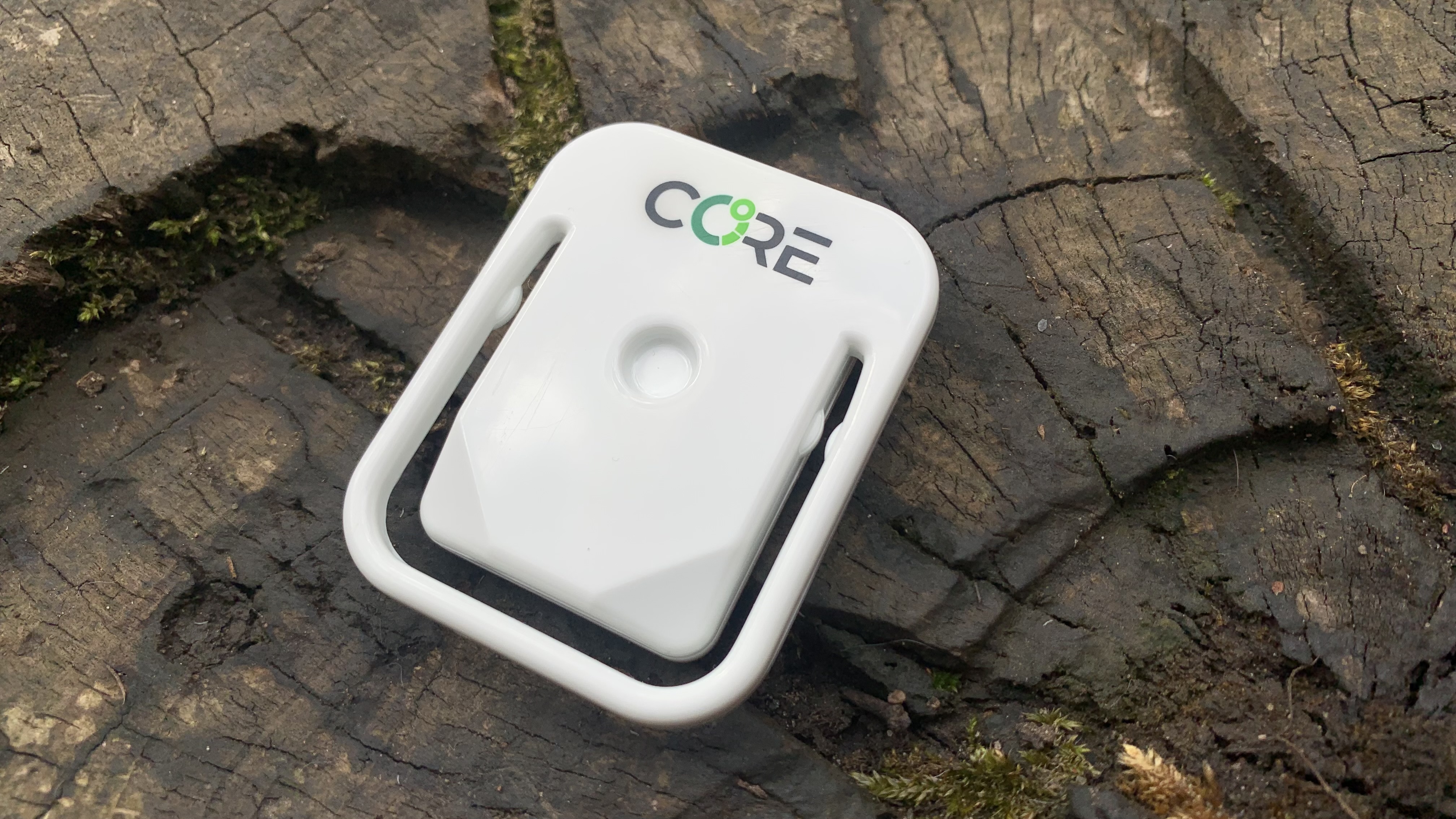“I'm here for the conversation and the change” – ultra runner Sabrina Pace-Humphreys on reclaiming space in the outdoors for people of color
The Black Trail Runners co-founder has tackled some of the world’s toughest ultras, but the biggest battle has been fighting for the right to be there in the first place
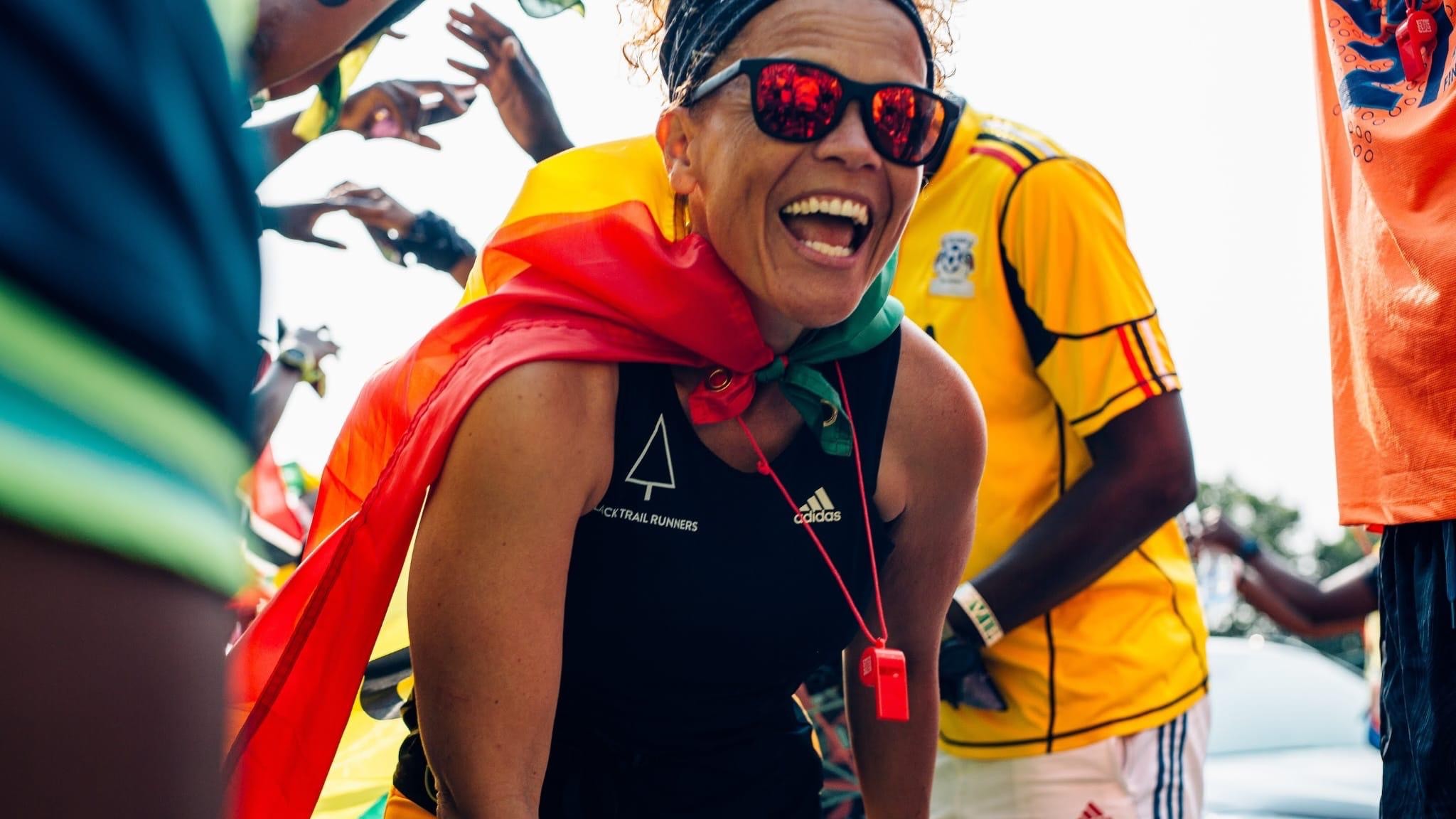
“I'd grown up not feeling a sense of connection to the land. Really, the countryside was a place of fear. It was a place where I wasn't safe,” says ultra runner Sabrina Pace-Humphreys.
For a black woman in the UK, it’s a common narrative. The majority of people of black heritage here live in urban areas where they lack access to the outdoors, something that’s been well-documented in research carried out by Natural England. Beyond access, it’s a space where many people say they feel they simply don’t belong.
But if you’ve just met Pace-Humphreys, it’s hard to believe she could ever feel unwelcome on the trail. The mother of four and grandmother of two has competed in some of the world’s toughest ultras, including the Arc of Attrition, Montane Spine and Marathon des Sables. I went running with her and a group from Girls On Hills this winter in the Scottish Highlands, and as I tried to keep pace with her on our way up a Munro, she was enthusiastically tackled by a fan who follows her on Instagram (along with 8,000 others) and was overjoyed to meet her in real life.
As the co-founder of Black Trail Runners, Pace-Humphreys has given other runners like Serena Broadway a space to feel at home in the outdoors.
“The first image I remember seeing on Instagram was Sabrina's Inov8 image, with her Afro hair, and I was like, ‘oh, wow! There's this person that looks like me doing the things I like to do.’”
Broadway, who, like Pace-Humphreys, has a white mother and black father, started trail running in 2018 and by 2022 was competing in the UTMB’s 50k OCC race, but says the lack of other runners who looked like her made her feel uncomfortable.
“It can be isolating and sometimes I do find myself pulling away until I’m running. Once you're running, you're concentrating on that one foot in front of another, but when you're there at the start line and you’re the only one, it can feel quite intimidating.”
Advnture Newsletter
All the latest inspiration, tips and guides to help you plan your next Advnture!
To many, Pace-Humphreys is a trail running legend. But it hasn’t come easily.
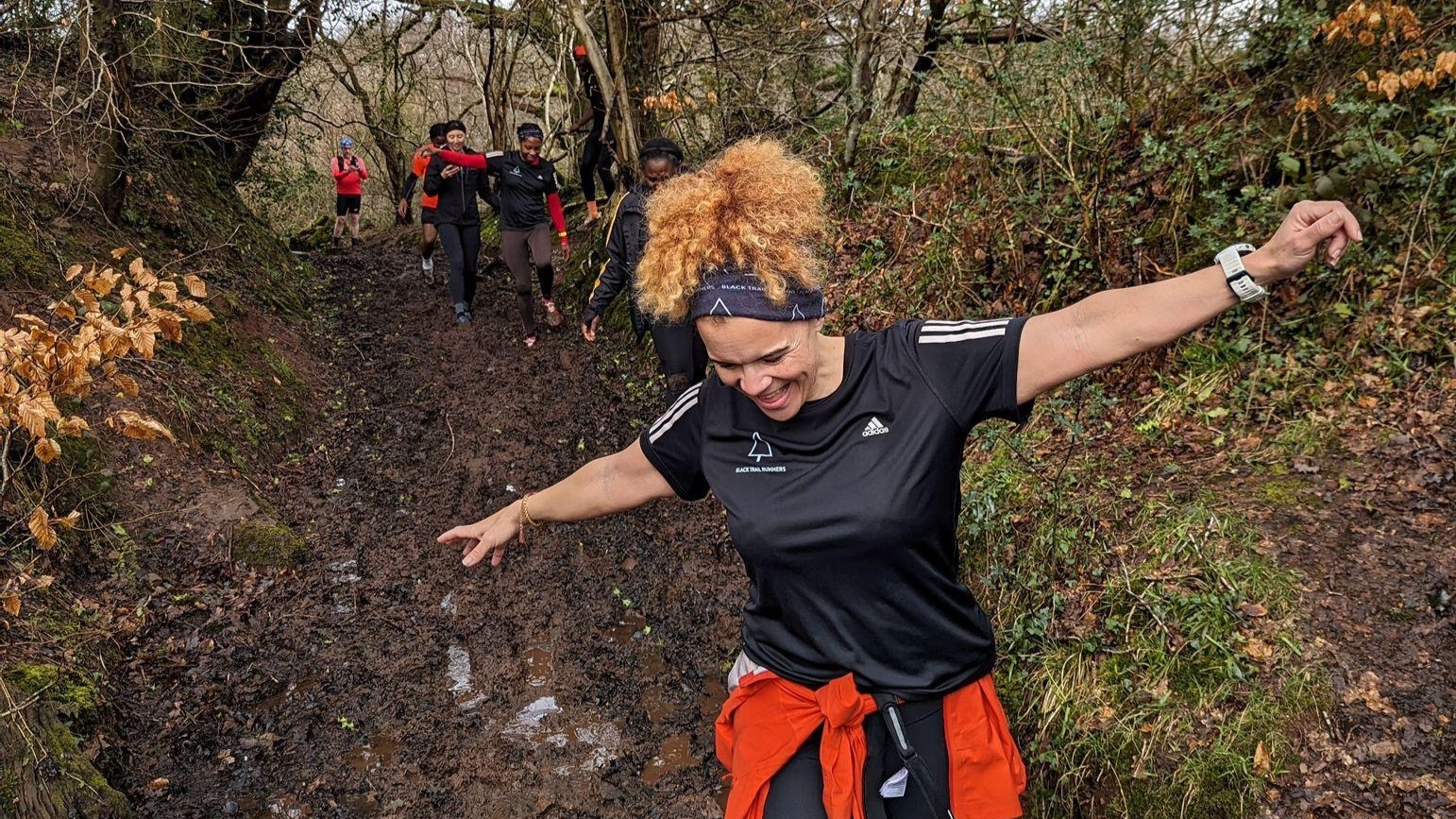
“Five white men ran past me as if I was invisible."
Just six years ago, she was hanging by her fingertips onto the side of a cliff and realized that no one else on the trail was willing to help her because of the color of her skin.
She was about 30k into the 50k Grand Trail Courmayeur course and was traversing a snowy ledge on the side of a mountain when he lost her footing. She slipped off the side and was hanging on by her fingers, screaming for her life.
“Five white men ran past me as if I was invisible,” she recalls.
“I was losing my grip. The snow was melting in my hands and I was losing strength.”
Finally, an Italian runner helped pull her up. But she says experience “shattered everything” for her, a runner who had fought her way into the UTMB circuit only to be told through inaction that she didn’t belong there.
It was a devastating but familiar story for Pace-Humphreys, who was born in Stroud, a small rural town in Gloucestershire, England, where she says her experience of living in the countryside was one of racial prejudice, something she goes into in more detail in her memoir Black Sheep.
In 2009, she was struggling with extreme post-natal depression when her doctor prescribed running for her mental health. It was the last thing she wanted to do, but over the next year, she worked her way up to her first half marathon. In 2016, she got sober, and after watching a documentary about the Marathon des Sables, a 250k race across the Sahara desert, she decided to ditch the roads for the trails. In 2018, aged 40, she became the 11th British woman to complete the punishing race.
But only a year later, she was clinging to the side of a mountain saying goodbye to her husband and kids and was faced with the brutal truth of how far she’d still have to go to make trail running a welcoming space to everybody.
“My lived experience tells me had I had blonde hair and blue eyes on the side of that cliff, I would have got help sooner,” says Pace-Humphreys, pointing to the failures of stereotyping black women as “strong and angry.”
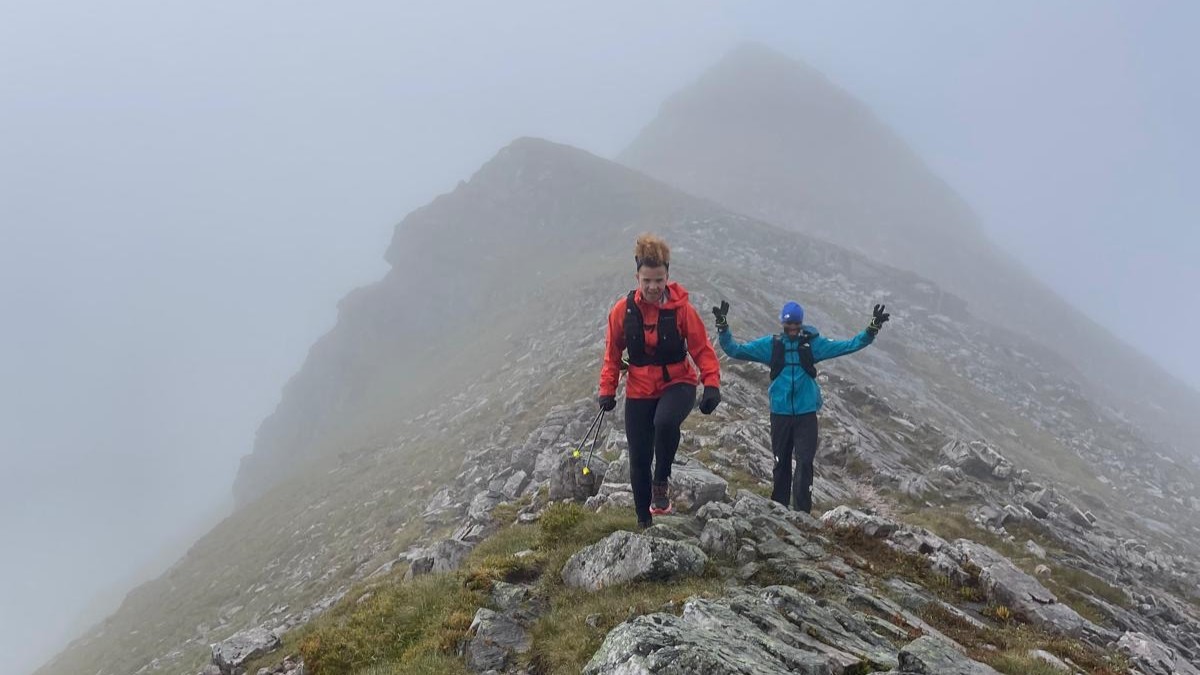
"Are we safe in this space?”
Following the experience, she went through a period of “spiralling”. She DNFd at her next UTMB race after 80k as night approached, and she grew fearful of falling. During training runs, she developed anxiety about getting hurt and being denied help. Then in February 2020, a black man in Georgia named Ahmaud Arbery was murdered by two white men while out running in a racially motivated attack.
“We had the running world asking themselves as people of color, are we safe running? Are we safe in this space?”
“It took me to the point where I was like, if I don't find other other trail runners that look like me, other trail runners from ethnically diverse communities, other people I can run with that understand what it is to feel a sense of not feeling safe here, then I couldn't stay there.”
Perhaps because she’d fought so hard to be in that trail running space already, and because she knew what trail running had done for her, Pace-Humphreys decided not to back down.
“What trail running has given me is a way to reimagine my relationship with the outdoors and a way to reclaim parts of the outdoors as my own, rather than as another place where I do not belong.”
In 2020, Pace-Humphreys launched BTR with fellow trustees Sonny Peart and Phil Young. It’s a registered charity that promotes the inclusion, participation and representation of people of black heritage in trail running, but it’s open to anyone who wants to see these objectives met, including white allies, and that’s something Broadway says is imperative to its success.
“Change doesn't come from the minority. It's from the majority understanding the minorities.”
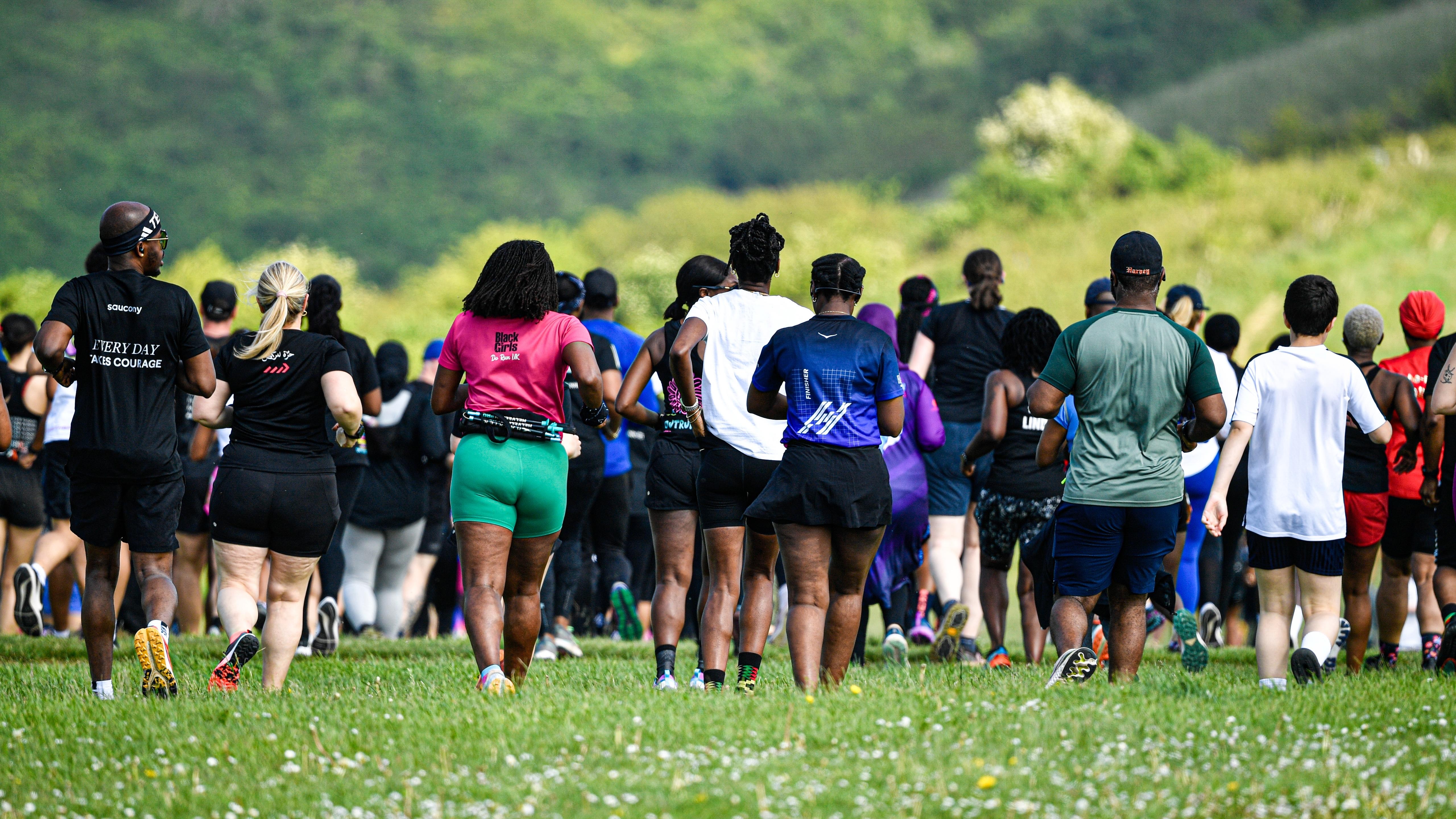
“We have that community"
Today, BTR gathers ethnicity data from trail races and provides runners with financial assistance and kit loans. It organizes social runs but also provides instruction in navigation and first aid and qualifies people to become run leaders and coaches. It promotes the representation of black people on the trails through films and articles that uplift its members, who hail from the UK, the US and across Europe. Adidas Terrex has come on board as the official partner.
“We have that community. We have that discussion. We have great advocates like Sabrina going out there willing to talk about the trauma so we don’t have to,” says Broadway, who’s preparing as we speak to embark on the iconic 300k Northern Traverse course, a race she’s doing in part to raise funds for BTR and Girls on Hills.
BTR’s third Black to the Trails event is taking place in Dunstable Downs this May, with Pace-Humphreys at the helm as the UK’s only race director of color. The event, which promotes black heritage through food and music as well as holding races, has sold out for two years running.
“When you're standing there and you look out and you see in reality the vision that you always wanted to see as a trail runner, which is people of all ethnicities coming together, enjoying the trails, that's the dream, right? That's what we want to see at mass mass level across all events, not just our events,” says Pace-Humphreys.
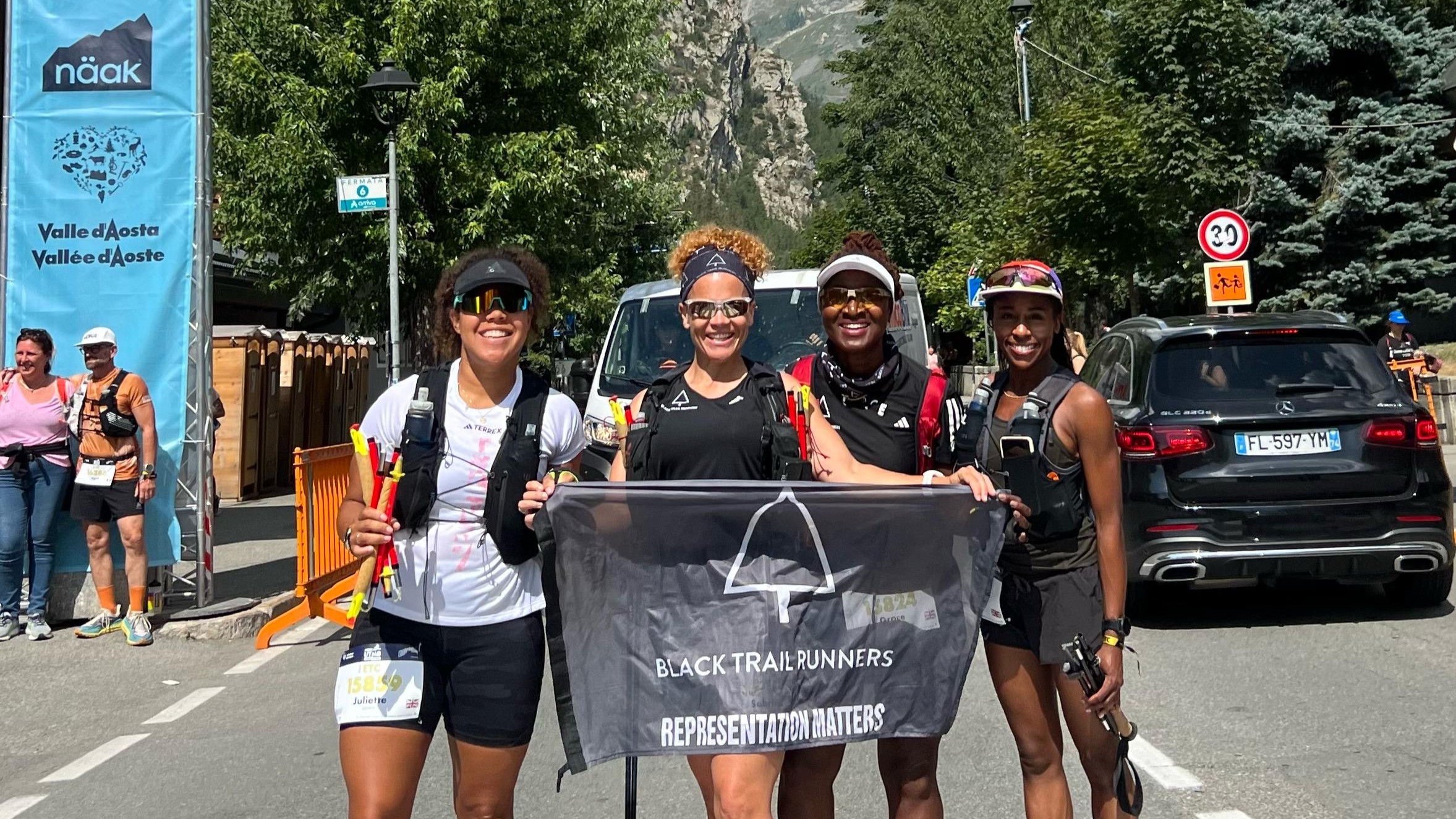
"It's not a trend. It never was. It's our lives"
I’d like to end here by saying that’s the end of the story, but of course, it’s not. The latest data from BTR suggests fewer than 1 percent of entrants in UK trail races are black. Both women I spoke to for this article cite a recent rolling back of commitment to diversity and inclusion from politicians to trail running brands. The day before I write this article, a group called Black Girls Hike announced that members of its community were subjected to “intimidating behaviour and racist language” while visiting, of all places, a lavender farm.
“I think that we're in a really interesting time. And I think that we just have to continue to do what we do because it's not a trend. It never was. It's our lives,” say Pace-Humphreys.
“I'm here for the conversation and the change. It matters when you see somebody that's screaming for their life on the trails.”
But there is also change everywhere you look. This year will see Pace-Humphreys heading to the UTMB to race in the 100-mile finals around Mont Blanc, something she says it a “bucket list” event for her. She’ll be one of seven BTR runners taking part in various races across the finals, so maybe at the starting line, she won't feel quite so alone.
“People may insinuate that me and people that look like me don't belong here via conscious and unconscious bias, but I absolutely claim my space in the outdoors and use my voice.”
Julia Clarke is a staff writer for Advnture.com and the author of the book Restorative Yoga for Beginners. She loves to explore mountains on foot, bike, skis and belay and then recover on the the yoga mat. Julia graduated with a degree in journalism in 2004 and spent eight years working as a radio presenter in Kansas City, Vermont, Boston and New York City before discovering the joys of the Rocky Mountains. She then detoured west to Colorado and enjoyed 11 years teaching yoga in Vail before returning to her hometown of Glasgow, Scotland in 2020 to focus on family and writing.
